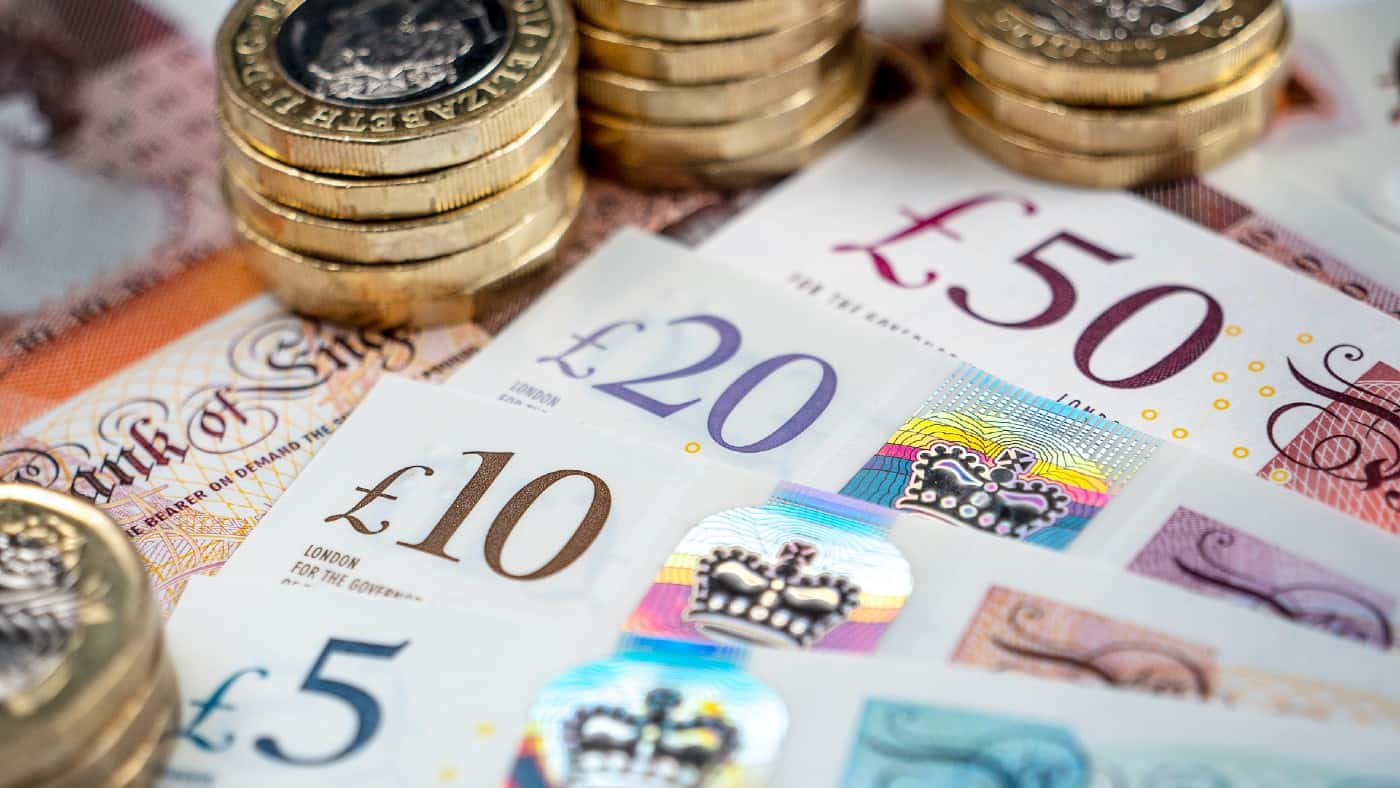Dividends earned from shares are one of my favourite passive income streams. Once I buy the shares, I can sit back and earn money from any dividends the stocks I hold pay.
When there is a market correction, I can use it as an opportunity to boost my returns. Here is how I would do it.
The concept of yield
First I think it is helpful to understand that investors talk about dividends in two ways.
There is the absolute amount of a dividend. For example, Reckitt currently pays an annual dividend of approximately £1.75 per share. So, if I buy one share of Reckitt I would expect to earn £1.75 of passive income from it per year, as long as the company does not change its dividend.
For other companies, the payout amount can be higher or lower, but that is where it gets complicated. The Reckitt share price is very different to, say, that of its rival Unilever. So simply comparing their two dividend amounts would not help me understand which share offers me more income for my investment. That is because I would need to spend more money to buy a share of Reckitt than Unilever. To make it easier to compare, investors use the concept of dividend yield. That is basically the dividend as a percentage of a share’s current cost.
For example, Reckitt’s yield is 3.05%. So if I invested £1,000 in it, I would expect £30.50 of dividends per year. Unilever’s yield of 4.33% is higher. So, if I put my £1,000 into Unilever instead of Reckitt, I would hopefully receive £43.30 of dividends per year. Unilever’s higher yield offers me a larger return.
How yield can affect passive income streams
Crucially, yield is calculated using the company’s dividend and its share price. The lower a share price, the higher the yield a share will offer. So, if a market correction pushes share prices down, I can hopefully get a higher yield even from the same shares for the same investment.
A year ago Unilever’s yield was 3.8%. The Unilever share price has fallen 13% in the past year, so it now yields almost 4.4%. Simply by spending the same amount of money on the same shares when their prices are lower, I can generate higher passive income streams.
Focus on quality not timing
It can be hard to time the market so I do not try to do it. But, if I have identified a company that I think offers me attractive income prospects, seeing its share price fall could make it even more appealing to me.
For example, at one point last month Imperial Brands was yielding 7.7%. I already find that attractive. Indeed, I own Imperial for its passive income potential. But after sliding 16% in recent weeks, Imperial now yields 9.1%. That may sound like a small difference. But buying Imperial today when it yields 9.1% would offer me 18% more passive income compared to buying it last month when it was yielding 7.7%.
There are risks. A sliding share price could suggest investors feel that Imperial’s business may see declining profits. That could hurt its ability to pay a dividend. But overall, a market correction can offer me the chance to buy income shares I already want to own, at a lower price than before. That can translate into higher yields – and bigger passive income streams.







